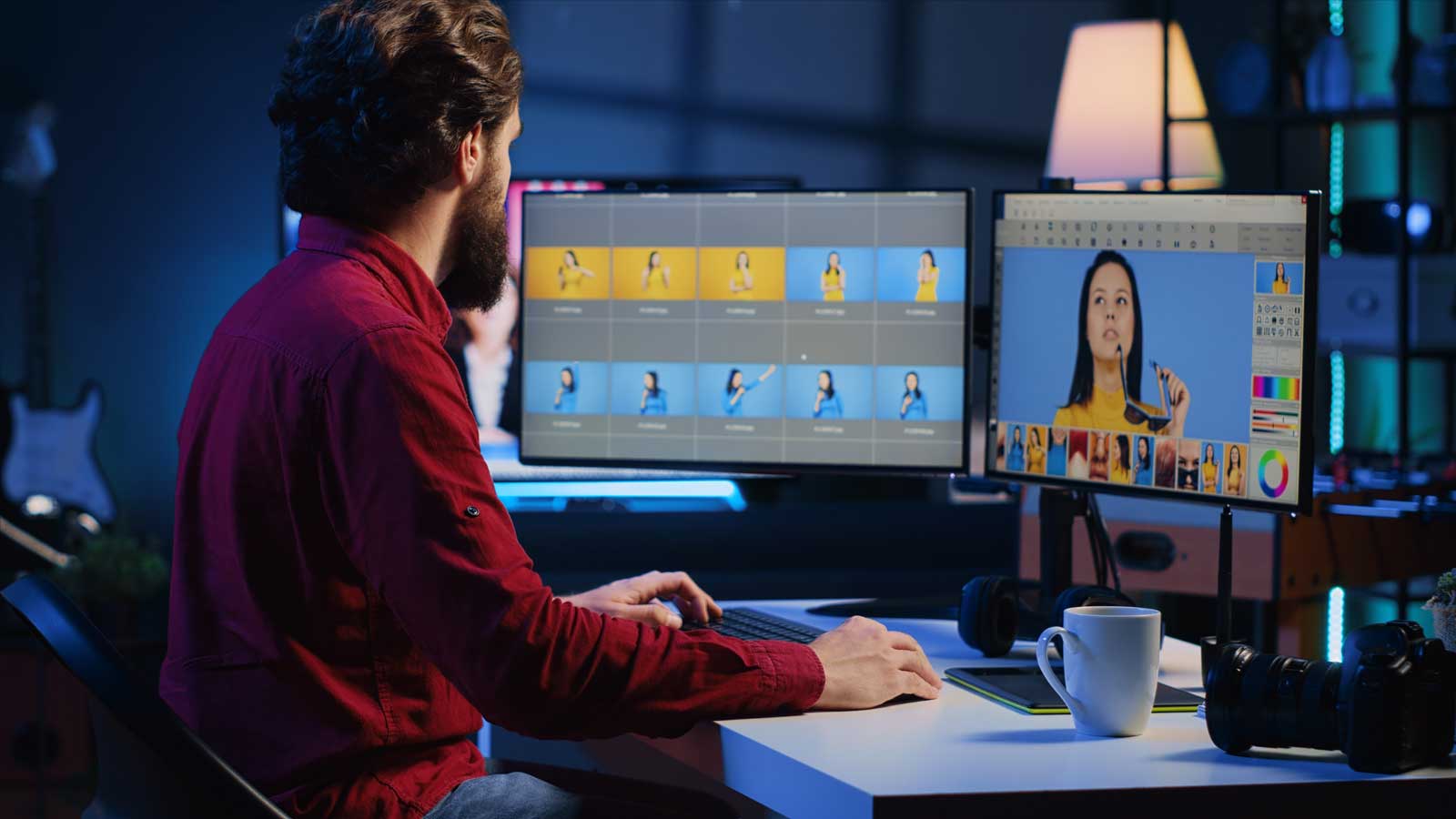Animation refers to the technique of creating the illusion of movement through a rapid sequence of images or frames. It involves the manipulation of visual elements, whether drawn, computer-generated, or photographed, to create the perception of motion or change.
Key aspects of animation include:
- Frame-by-Frame Creation: Traditional animation involves creating individual frames, each slightly different from the previous one, to simulate movement when played in sequence. This technique is common in hand-drawn or stop-motion animation.
- Computer Animation: Computer-generated animation involves using software and digital tools to create moving images, 2D or 3D, by manipulating digital models, textures, lighting, and effects.
- Animation Techniques: Various animation techniques exist, including traditional hand-drawn animation, stop-motion animation (where physical objects are manipulated frame by frame), 2D vector-based animation, 3D computer animation, motion graphics, and more.
- Applications of Animation: Animation is widely used in various fields, including entertainment (animated movies, TV shows, video games), advertising, education, simulations, user interfaces, scientific visualization, and storytelling.
- Animation Principles: Animators follow fundamental principles like timing, squash and stretch, anticipation, follow-through, and easing to create realistic and engaging motion in their animations.
Animation is a versatile medium that allows creators to bring characters, objects, and ideas to life. It involves creativity, storytelling, technical skills, and attention to detail. With advancements in technology, animation has evolved significantly, enabling more sophisticated and immersive storytelling experiences across different media platforms.

Comments are closed.